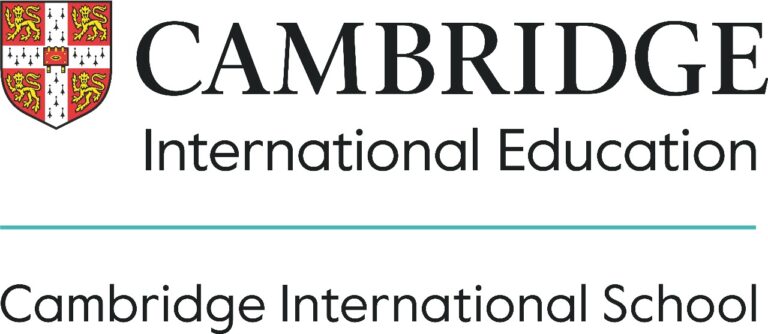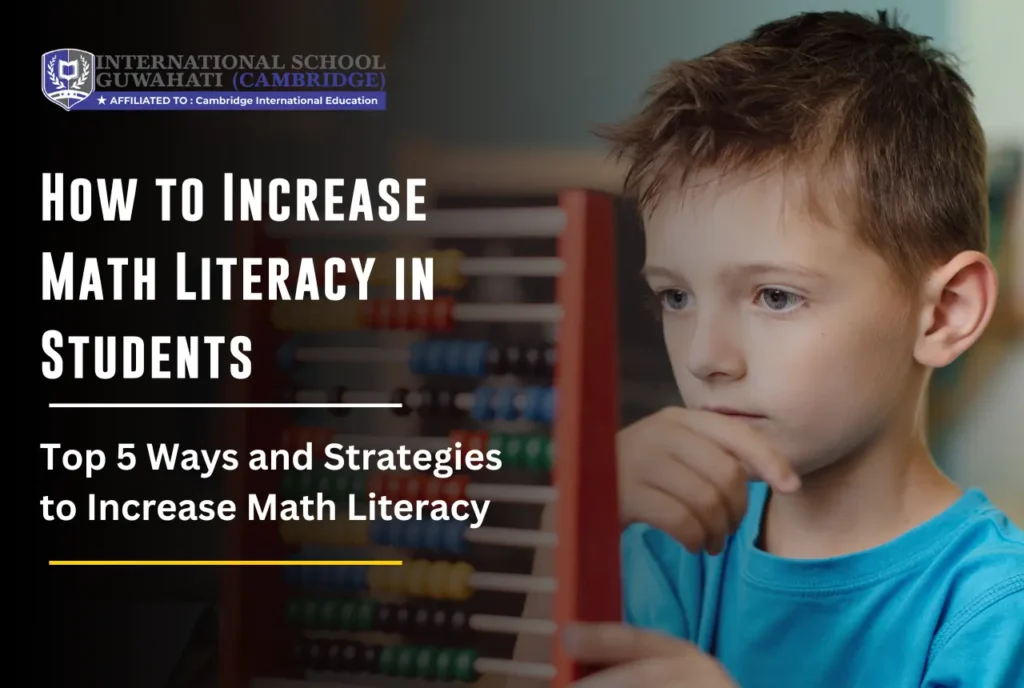![]()
How to increase math literacy is a pressing concern in education today, as math literacy plays a pivotal role in understanding and applying mathematical concepts in real-world situations.
Whether it’s managing finances, making informed decisions, or solving complex problems, math literacy equips individuals with essential skills for success in today’s world.
Despite its importance, many students face challenges with math literacy, such as math anxiety, lack of interest, and difficulty understanding abstract concepts, which can impact their academic performance and confidence in learning math.
To address these challenges and improve math literacy, effective strategies are needed to foster a positive attitude toward math education.
Enhancing students’ math literacy offers multiple benefits, including improved problem-solving abilities, increased critical thinking skills, and better academic performance across subjects.
Additionally, strong math literacy skills enable students to navigate the world confidently, make informed decisions, and seize opportunities in various fields.
To increase math literacy, this article will introduce the top five ways to enhance math learning experiences: making math fun and engaging, developing mathematical thinking skills, overcoming math anxiety, integrating real-world math applications, and encouraging math learning activities at home and school.
By implementing these strategies, educators and parents can inspire a lifelong love for learning and equip students with essential skills for lifelong success.
How to Increase Math Literacy in Students: Top 5 Ways
1. Making Math Fun and Engaging
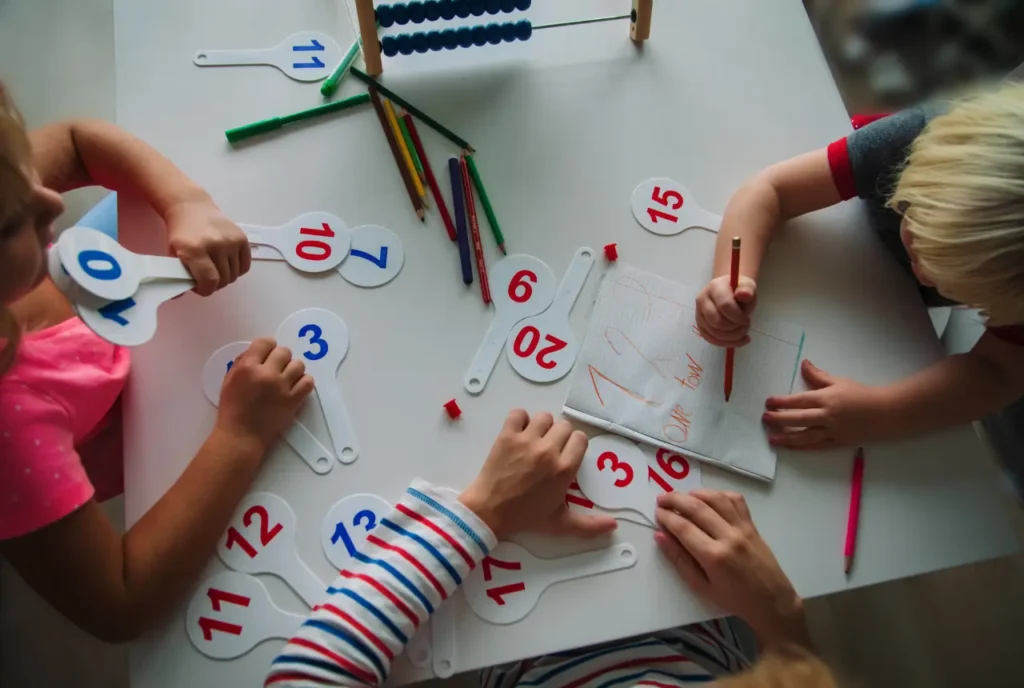
One of the most important ways to improve math skills is to make learning fun.
Making math fun helps students enjoy learning and develop a positive attitude toward it.
When learning is enjoyable, students are more eager to join in, understand concepts better, and keep trying even when it gets tough.
Fun learning makes math feel like an exciting journey rather than a boring task.
There are lots of fun ways to learn math that suit different interests and ways of learning.
Games like Math Bingo or Math Jeopardy make learning interactive and fun.
Apps like Photomath and DragonBox use new technology to create personalized learning experiences.
Doing hands-on activities, like measuring ingredients when cooking or making shapes with craft materials, helps students see how math applies in real life.
Adding humor to math lessons can also make learning easier by reducing stress, creating a positive classroom vibe, and helping students remember tricky concepts better.
By adding fun activities to math teaching, teachers can help students enjoy learning and do well in math and other subjects too.
2. Developing Mathematical Thinking Skills

Building thinking and problem-solving skills in math is important for students as it helps them tackle tricky problems and make smart decisions in life.
Math thinking is more than just remembering formulas; it’s about looking at problems, spotting patterns, and figuring out ways to solve them.
The role of teachers in developing mathematical thinking enhances their skills by giving them open-ended problems that need creative thinking and different approaches.
Logic puzzles and group math talks create a space where students can share ideas and learn from each other.
These activities not only improve math skills but also boost logical thinking, reasoning, and the ability to stick with a problem until it’s solved.
Plus, good math thinking skills are useful in other subjects too, like science, tech, engineering, and even subjects like history and literature.
Being able to think critically and solve problems is a great skill that helps students in school and in their future jobs.
By focusing on building these thinking skills, teachers can help students become confident problem solvers ready for whatever challenges come their way.
3. Overcoming Math Anxiety

Math anxiety is a big problem for lots of students, making them feel scared, frustrated, and want to avoid math altogether.
This fear can really get in the way of learning, making students less confident, less likely to join in, and not do as well in math class.
A teacher can help the students to understand how to increase math literacy by overcoming math anxiety.
To help students feel more at ease with math, it’s important to create a welcoming and supportive learning environment.
Giving students personal help and guidance can make a big difference.
Using techniques like positive thinking, believing in growth and improvement, and celebrating when they do well can help students feel better about math and give them the confidence to face challenges and do well in math.
4. Integrating Real-World Math Applications
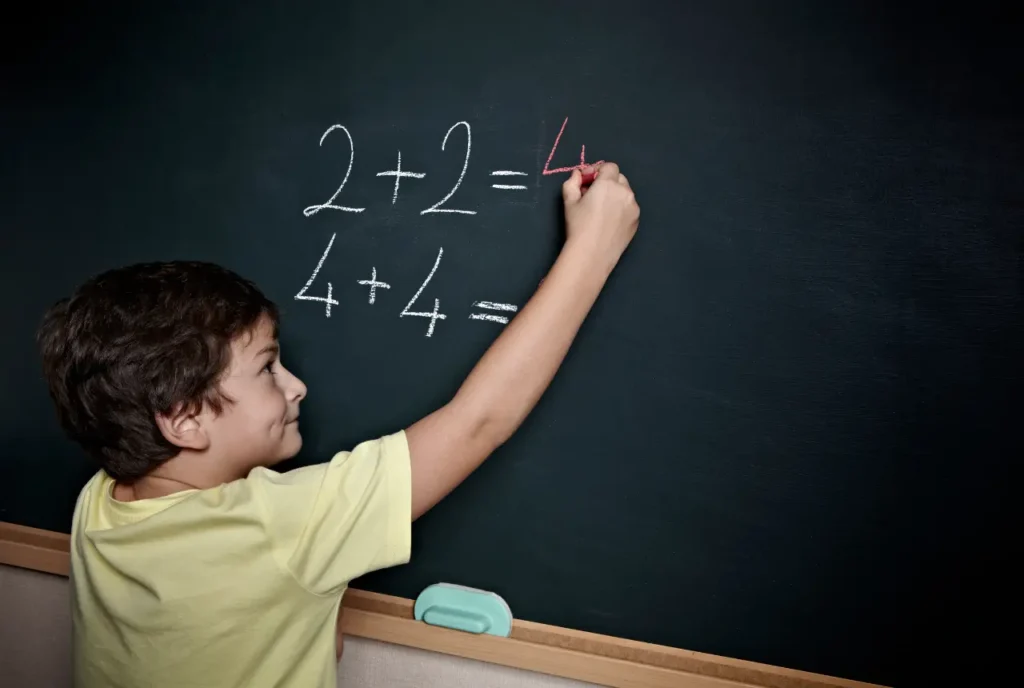
Another way to understand how to increase math literacy is by making math relevant to everyday life.
This helps students see why it’s important and makes learning more interesting and meaningful.
By showing how math is used in real situations, students can understand better how it applies to different parts of their lives.
Teachers can do this by including activities like budgeting exercises, where students learn to manage money and calculate savings, or cooking lessons where they use fractions and measurements to follow recipes.
Looking at sports stats, planning trips, or working on projects about sustainable living are other ways to connect math to real-life situations and help students develop their problem-solving skills.
Also, letting students work on projects that use real-world math lets them tackle tasks that are meaningful to them, work together with classmates, and use math in practical ways.
This kind of learning not only helps students understand and remember math better but also encourages creativity, teamwork, and coming up with new ideas.
5. Encouraging Math Learning Activities at Home and School
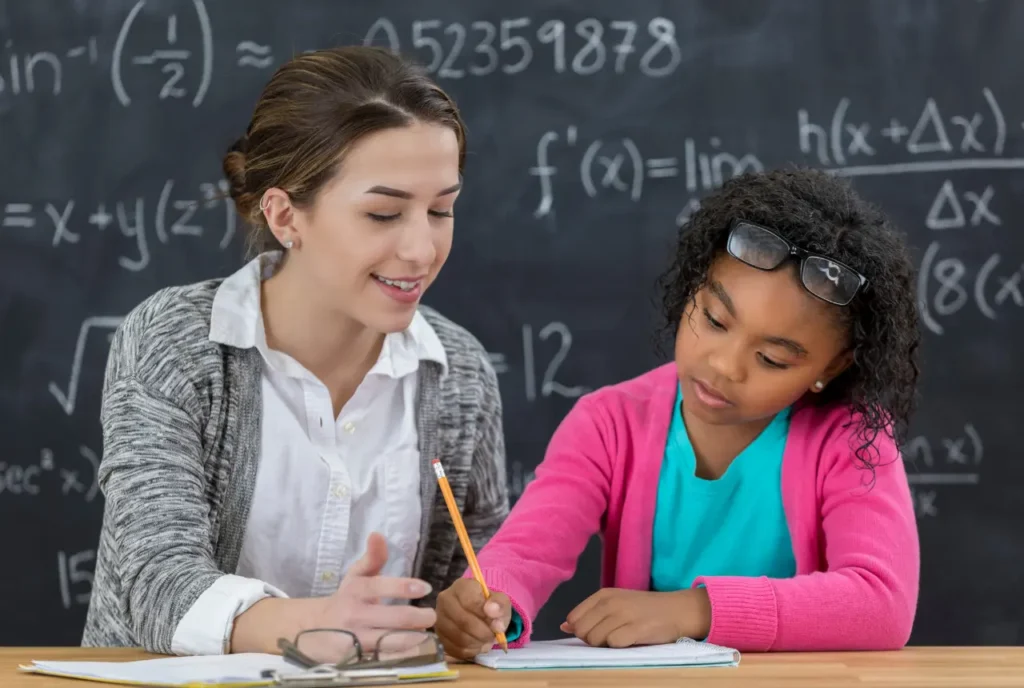
Working together, parents and teachers can make a big difference in helping students learn math and enjoy it.
When they team up, they can build a learning environment that supports math skills and helps students develop a passion for learning.
At home, parents can do fun math activities like playing games, solving puzzles, or exploring math books and apps with their kids.
At school, teachers can use hands-on activities, group projects, and interactive lessons to get students involved and excited about math.
By encouraging math activities both at home and in school, parents and teachers can support each other, give students consistent help, and create a positive learning experience.
This teamwork helps students do well in math and learn important skills they’ll use throughout their lives.
Strategies to Overcome Math Anxiety
Math anxiety is real! This can really make students feel really stressed and worried about doing math, which can lead to avoiding math tasks, feeling sick, doubting themselves, and not doing well in math class.
To help students feel more comfortable with math, it’s important to tackle the root causes of their anxiety and use specific strategies to boost their confidence and positivity about math.
Here are some ways to do that:
- Positive Self-Talk: Encourage students to think positively about their math abilities and remind them of times when they’ve done well in math.
- Growth Mindset: Teach students that they can get better at math with practice and effort, and that mistakes are opportunities to learn and grow.
- Celebrate Small Wins: Break down big math problems into smaller steps and celebrate when students complete each step, helping them build confidence.
- Personalized Help: Give students individual support tailored to their needs to help them overcome their specific challenges in math.
- Supportive Environment: Teachers and parents should work together to create a safe and encouraging learning space where students feel comfortable asking questions and taking risks.
By using these strategies and working together, teachers and parents can help create a positive and supportive learning environment that helps students overcome math anxiety, feel better about math, and gain the confidence and skills they need to do well in school and in life.
Resources for Fun and Engaging Math Learning Activities
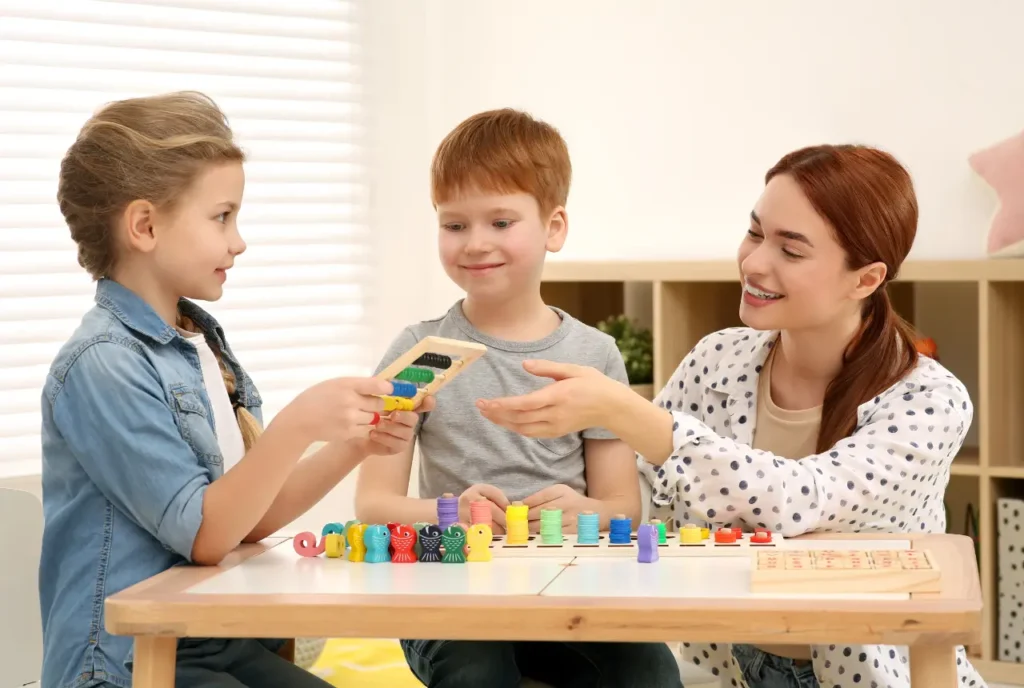
There are various fun ways to learn math literacy that can be both effective and enjoyable through the use of online resources that offer engaging and interactive math learning activities.
Here’s a curated list of resources for fun and engaging math learning activities:
1. Math games
Math games make learning enjoyable by adding a fun and competitive element while also helping to strengthen important math skills.
You can opt for card games like War to practice multiplication, create hands-on math stations for younger students, or use board games like math tic-tac-toe and bingo to encourage teamwork and taking turns.
For a more modern approach, Prodigy Math Game provides an engaging video game-style platform for students in grades 1-8, where they can go on quests and earn rewards.
Teachers can also benefit from a free account, which offers useful tools for customizing instruction and assessing student progress, making math lessons more interactive and insightful.
2. Visual Aids
Visual aids like charts, anchor charts, and diagrams can greatly assist visual learners in grasping new math concepts, with resources readily available on platforms like Teachers Pay Teachers.
Encouraging students to create their own visual aids can also reinforce learning.
Picture books offer another engaging avenue for learning; favorites include “G is for Googol” for exploring math concepts through the alphabet, “Bean Thirteen” for a whimsical take on remainders and division, and “Uno’s Garden” for an interactive story involving skills, puzzles, and multiplication.
Whether through reading or drawing, there’s a visual learning tool to suit every student’s needs and enhance their math skills.
3. Use Real Objects
Using real objects in math lessons can help students grasp abstract concepts by making them more concrete and relevant.
Incorporating tools like play money can help students understand the concept of currency, while an abacus can improve counting and number sense.
Exploring shapes like spheres and prisms can make geometry more tangible.
Hands-on manipulatives such as base ten blocks, number lines, and clocks can enhance learning, and everyday items like gummy bears, buttons, or rocks can be used for activities like pattern making.
Flashcards are also a useful tool for practicing basic math operations and learning vocabulary terms.
By integrating these real objects and manipulatives into math problems and activities, students can interact with math in a more engaging and meaningful way, leading to a deeper understanding of mathematical concepts.
4. Give options to Students
Giving students choices in math activities can boost their engagement and motivation.
During center or station time, offering a variety of math activities lets students pick tasks that interest them or suit their learning style.
Similarly, allowing students to choose how many homework problems to complete or whether to take a traditional test or do a project at the end of a unit gives them a sense of control and ownership over their learning.
By adding choice to math lessons, teachers can create a more personalized and student-focused learning environment, encouraging greater enthusiasm and dedication to understanding math concepts.
Conclusion
Improving math literacy is vital for helping students succeed in life.
To understand how to increase math literacy, use strategies like making math fun, developing thinking skills, tackling math anxiety, and connecting math to real-world situations
Parents and teachers play key roles in implementing these methods to inspire a love for learning and equip students with valuable skills for the future.
Strong math literacy leads to benefits like improved academic performance and better career opportunities, making it essential for both academic and personal development.

